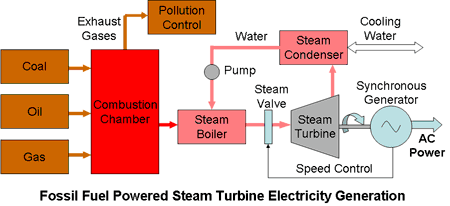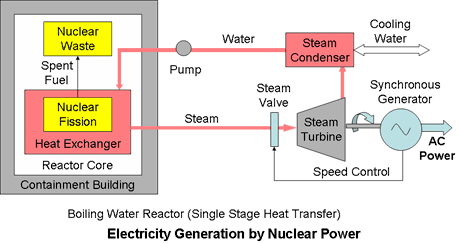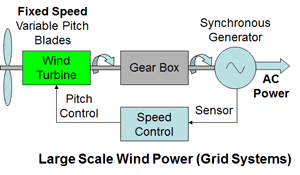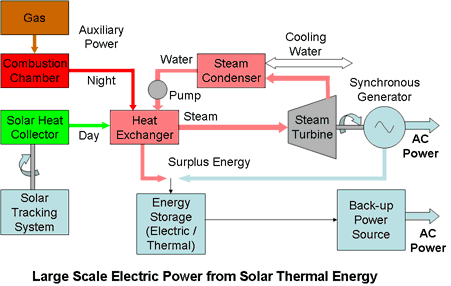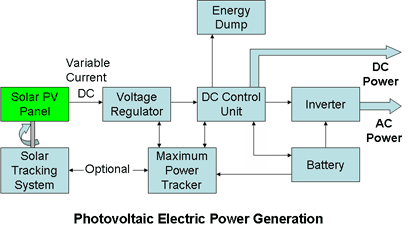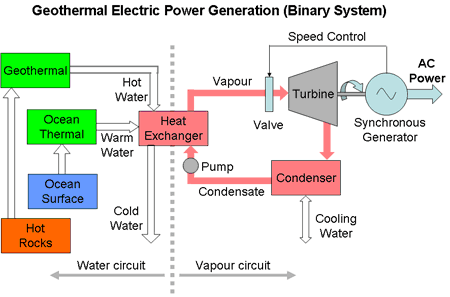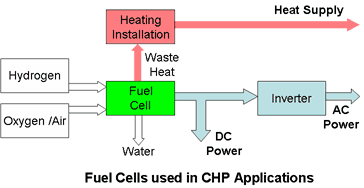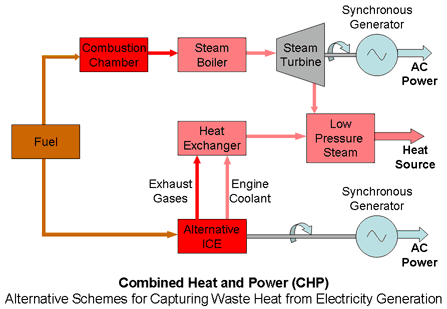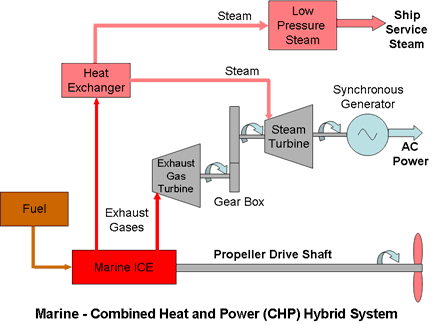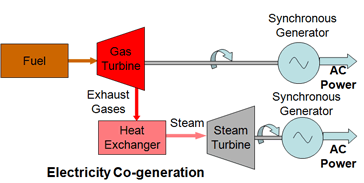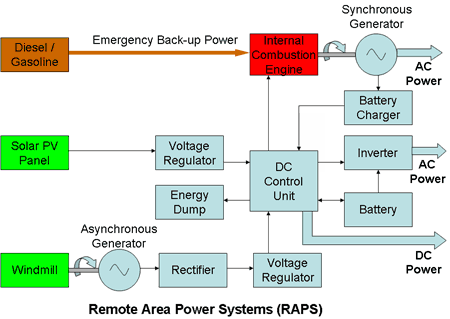By Barrie Lawson, UK
Primary Electrical Energy Sources
Energy is available from many sources however most of the energy used to satisfy the world’s ever increasing demand for electricity is still derived from fossil fuels. The dependency on fossil fuels brings with it two problems.
- Finite supplies of fossil fuels will eventually run out.
- Burning fossil fuels gives rise to greenhouse gases which cause global warming with its associated problems of climate change.
The section on Energy Resources shows the many alternative energy sources which can be used to generate electricity together with their associated energy content and indicates the actual usage of these resources. This page summarises the different ways in which the resources can be used to generate electricity.
Turning Energy Resources into Usable Electric Power
Most electricity is generated using rotating machines to drive a generator but there are many other possibilities. Information on the associated rotary generators can be found on the Generators page.
The diagrams below show 29 basic ways of generating electrical energy but there are numerous variants on each of these methods. The key indicates the technologies involved.

Click on the diagrams below for descriptions of the power generation possibilities, processes and performance.
See also Energy from Coal?
See also Nuclear Energy Theory
Harvesting Natural Energy Flows<
See also Wind Power Potential
See also Solar Power Potential
Electrochemical Energy Technology
Electricity Supply
Various estimates of the world annual electricity generation have been made. Some numbers for 2004 are shown here
- 15,406 TWh (CIA World Factbook ) 1 TeraWattHour (TWh) = 109 KiloWattHours (kWh) or "Units"
- 16,600 TWh (US Energy Information Administration EIA)
- 17,400 TWh (OECD)
These estimates only show the consumption or generation of electrical energy. They do not show how much energy was consumed in generating the electricity or where it came from, nor do they show the energy consumed which is not converted to electricity such as that used for transportation or heating. These pages hopefully will provide some of the answers.
Eighty two percent of the world’s electricity is generated using steam turbine systems. In simple terms, a boiler is used to raise steam which drives a steam turbine, also known as the prime mover, and the steam turbine in turn drives an electrical generator. Steam to drive these turbines is raised by burning fossil fuels (66%) or by nuclear power (16%). The balance of electric power is generated by hydro systems (17%) with solar, wind and biomass making up less than 2% of the total.
Source – US Energy Information Administration (EIA) (2003)
The steam turbine generating plants used to supply the grid’s base load are viable only as large scale installations requiring special precautions because of their large physical size and the high voltages and currents involved.
Smaller scale systems use a variety of alternative generation schemes which can also be tailored for domestic use. Paradoxically, small scale electricity generating plant can be more complex than the high power plant supplying the base load to the national grid. This is explored in more detail in the section on small scale installations.
About the author, Barrie Lawson:

Barrie graduated from Birmingham University with a degree in Electrical and Electronic Engineering in 1964. Since then he as has worked at Director level in many branches of the electronics industry including military electronics, telecommunications, computers, automotive and consumer electronics. During the last 10 years he has been involved in the battery business, originally as Chairman of MPower Batteries, a custom battery pack making company in Scotland which he helped to found and later in China where he set up a similar business. He is currently Chairman of CHE EVC, another battery startup company pioneering some interesting new technologies. In his spare time he writes and maintains the Electropaedia web site, a comprehensive knowledge base about batteries and energy sources.
